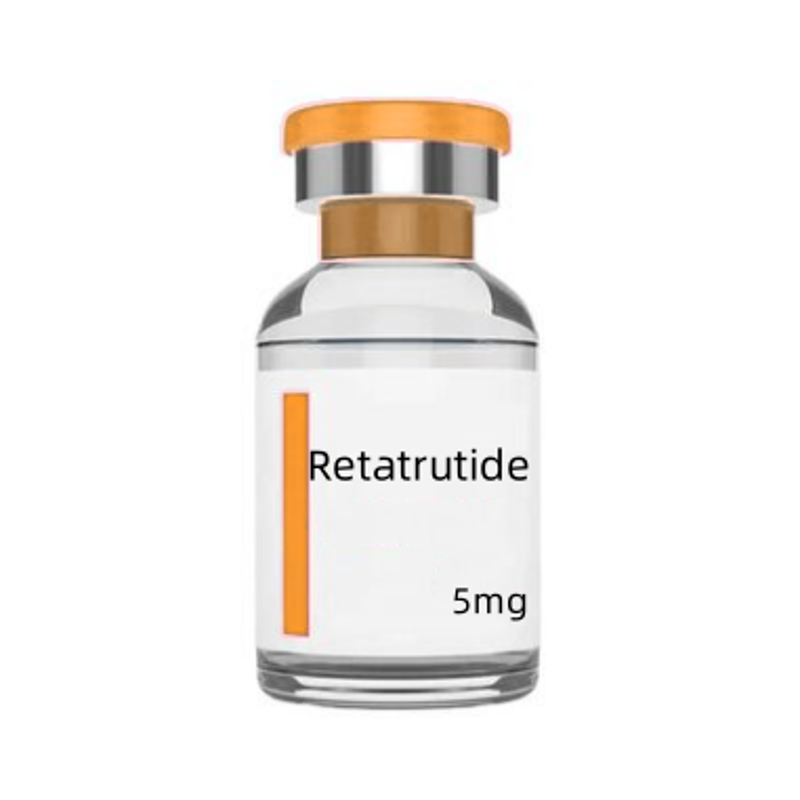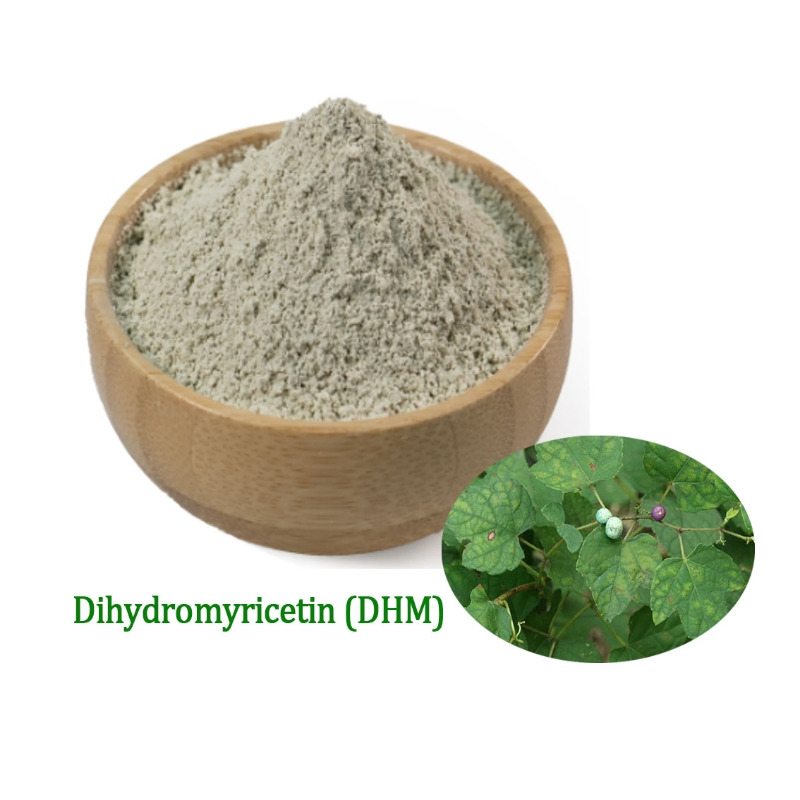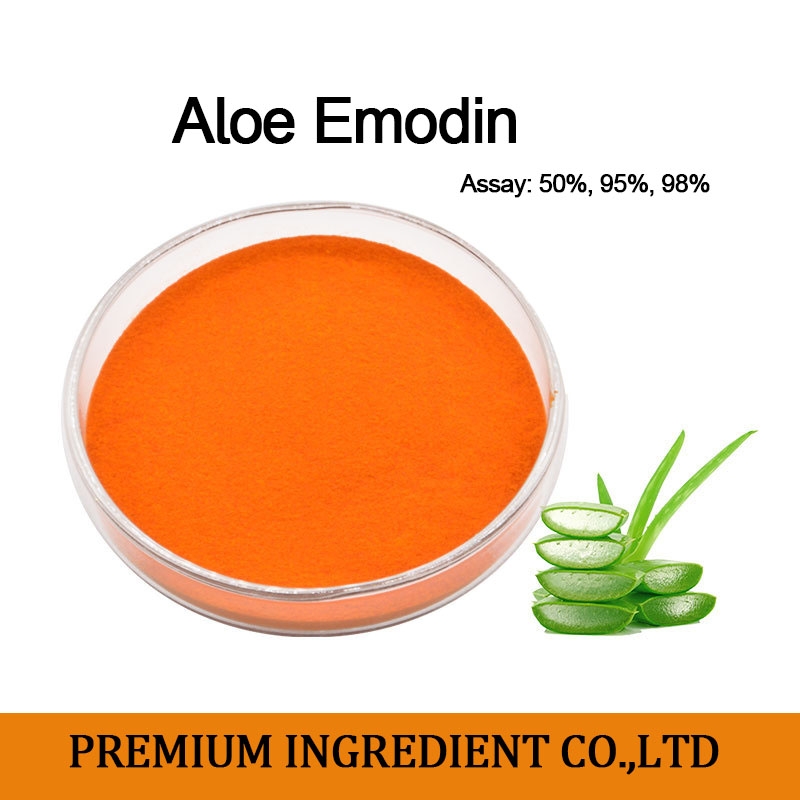-
Delivery Systems and Protocols for Biopesticides
Time of Update: 2021-01-15
Although a successful outcome will be biology driven and must depend on sound science, the ultimate test must be the latter: we are in the business of providing technical solutions, not the production of “better mousetraps.” The opportunities for biopesticide development will be described in detail in this section of the volume; the greatest scope appears to be in the following broad categories ( 2 ):
-
DNA Extraction from Vegetative Tissue for Next-Generation Sequencing
Time of Update: 2021-01-15
In this chapter we describe a simple two-reagent DNA extraction protocol which yields a high quality and quantity of DNA which can be used for different applications including NGS.
-
Tymovirus Isolation and Genomic RNA Extraction
Time of Update: 2021-01-15
The tymoviruses infect dicotyledonous angiosperms, mostly those that have the C3 photosynthetic pathway; few have been recorded in crop plants, and none are known to infect monocotyledonous angiosperms.
Only four tymoviruses have been recorded as seed-borne ( 2 ).
-
High-Throughput TAIL-PCR as a Tool to Identify DNA Flanking Insertions
Time of Update: 2021-01-15
Thermal asymmetric interlaced polymerase chain reaction (TAIL- PCR ) is a fast and efficient method to amplify unknown sequences adjacent to known insertion sites inArabidopsis .
-
Modulation of Carotenoid Accumulation in Transgenic Potato by Inducing Chromoplast Formation with Enhanced Sink Strength
Time of Update: 2021-01-15
An increasing interest in carotenoids as nutritional sources of provitamin A and health-promoting compounds has prompted a significant effort in metabolic engineering of carotenoid content and composition in food crops.
In this chapter, we describe a detailed protocol for metabolic engineering of carotenoids in potato plants with theOr gene and the analysis of theOr transformants.
-
Genetic Transformation of the Model Green Alga Chlamydomonas reinhardtii
Time of Update: 2021-01-15
The genetic transformation ofChlamydomonas is relatively simple and efficient, but achieving high expression levels of foreign genes has remained challenging.
In addition, we describe available tools for promoting efficient transgene expression and highlight important considerations for designing transformation vectors.
-
Synchronization, Transformation, and Cryopreservation of Suspension-Cultured Cells
Time of Update: 2021-01-15
Here we provide detailed protocols and procedures to achieve high levels of synchronization, either by starving the cell cultures of sucrose or by applying the toxin aphidicolin.
Cell-cycle synchronization capacity of the parental lines is maintained after both transformation and recovery from cryopreservation.
-
Fourier Transform Ion Cyclotron Resonance Mass Spectrometry for Plant Metabolite Profiling and Metabolite Identification
Time of Update: 2021-01-15
With the advent of ultra-high accuracy mass spectrometers such as the Orbitrap (resolution ∼ 10 5 ) and the Fourier Transform Ion Cyclotron Resonance (FT-ICR) analysers (resolution potentially in excess of 10 6 ) there is the opportunity to generate an accurate mass fingerprint (often referred to as a profile since the variables are considered as effectively discrete) of an infused sample extract.
-
Role of Silencing Suppressor Proteins
Time of Update: 2021-01-15
In higher plants, these proteins efficiently inhibit RNA silencing, which has evolved to defend plants against viral infection in addition to regulation of gene expression for growth and development Virus-encoded RNA-silencing suppressors interfere with various steps of the different silencing pathways and the mechanisms of suppression are being progressively unraveled.
-
Transient Expression of Foreign Genes in Tissues of Arabidopsis thaliana by Bombardment-Mediated Transformation
Time of Update: 2021-01-15
Since the pioneering studies of Klein et al.
( 1 ) and Chrtstou et al.
( 2 ) bombardment-mediated transformation has become a useful method for dehvermg foretgn genes mto plant cells ( 3 ).
-
Metabolite Profiling in Arabidopsis
Time of Update: 2021-01-15
Metabolite profiling is the multiparallel relative quantification of a mixture of compounds or compound classes using chromatography and universal detection technologies (GC-MS, LC-MS).
This chapter exemplifies the strategies in metabolite profiling of polar compounds by gas chromatography-mass spectrometry (GC-MS).
-
Plant Chemical Genomics: Gravity Sensing and Response
Time of Update: 2021-01-15
The gene families that encode the vesicle trafficking machinery in plants are highly expanded compared to those from protists and animals.
This chapter describes the protocols for a chemical genomics screen designed to identify components of the plant cell vesicle trafficking machinery.
-
Expression of Dominant-Negative Mutants to Study Host Factors Affecting Plant Virus Infections
Time of Update: 2021-01-15
The use of more diverse methods to study gene function in plants is increasing the probability of successfully identifying and characterizing host factors affecting virus replication in plant systems.
-
Alkaloid Secondary Products from Catharanthus roseus Cell Suspension
Time of Update: 2021-01-15
However, it was soon found that plant cell cultures were often capable of producing compounds characteristic of the original plant.
The plant kingdom produces a vast range of secondary products, many of which, such as morphine and diosgenin, are of commercial interest.
-
Detection of Phytoplasmas of Temperate Fruit Trees
Time of Update: 2021-01-15
Phytoplasmas are associated with hundreds of plant diseases globally. Many fruit tree phytoplasmas are are transmitted by insect vectors or grafting, are considered quarantine organisms and a major e
-
Artificial MicroRNAs for Plant Virus Resistance
Time of Update: 2021-01-15
This natural antiviral mechanism has been adopted to develop virus-resistant plants by the expression of long stretches of viral sequences in perfectly paired double-stranded or stem-loop forms which, in turn, are processed into virus-specific small interfering RNAs (vsiRNAs) by the host’s RNA silencing machinery.
-
Isolation of Nuclear Proteins
Time of Update: 2021-01-15
In this chapter, we present methods for the isolation of nuclei, nuclear proteins, and nuclear protein fractions that have been adapted forArabidopsis .
We describe a method for obtaining anArabidopsis protein chromatin fraction and the entire histone complement.
-
Protein Tagging for Chromatin Immunoprecipitation from Arabidopsis
Time of Update: 2021-01-15
A powerful method to identify binding sites in target genes is chromatin immunoprecipitation (ChIP), which allows the purification of in vivo formed complexes of aDNA -binding protein and associated DNA.
A drawback of ChIP is that for each protein another antibody is needed.
-
Telomere Truncation in Plants
Time of Update: 2021-01-15
The integration of telomere sequences into the genome by genetic transformation can create chromosome instability because the integrated telomere sequences tend to form de novo telomeres at the site of integration.
-
Transgenic Plants Expressing Toxins from Bacillus thuringiensis
Time of Update: 2021-01-14
The science of plant breeding has been a major force in the development of new and improved cultivars and hybrids of major agricultural crops.
Despite this limitation, plant breeders have made remarkable progress in improving cultivars of crop plants.







